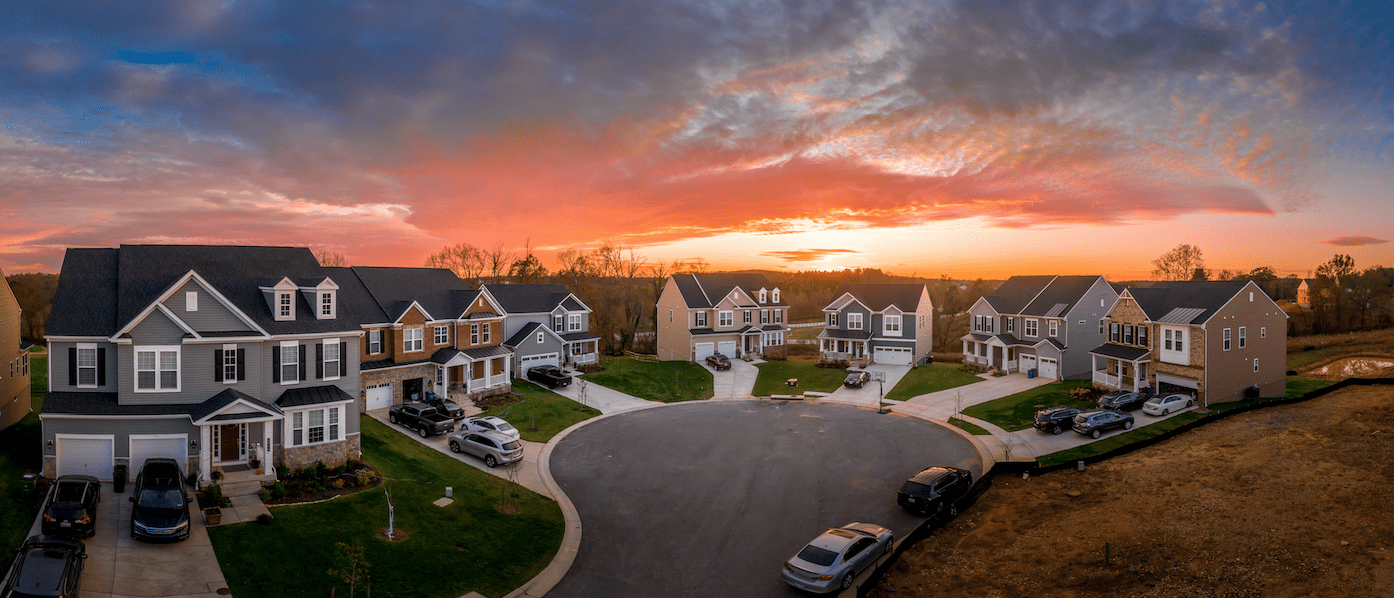If you’re feeling hesitant about diving into the housing market because of today’s mortgage rates, zooming out to look at the bigger picture can lend the necessary perspective. In today’s blog, we’ll help you understand historic trends in mortgage rates and what that means for your prospective home purchase in 2024.
Looking Back at Mortgage Interest Rates Between 1970 and 2019
Mortgage rates have changed a lot over the last fifty years! In the early ’70s, when the Fed first started keeping tabs on rates, they were about the same as today—about 7%. Then, rates started climbing due to several factors, including the Vietnam War, high inflation, high unemployment, and a stagnant economy. By the early ’80s, rates were nearly 13%! Yet, as the decade waned, rates cooled off and dipped below 10%. The ’90s were a time of relative economic prosperity, with rates fluctuating between a more moderate 7- 9%. Then, there were the 2000s, a whirlwind of dot-com busts and the infamous subprime mortgage crisis. Despite all the chaos, rates stayed relatively low, hovering between 5-6%. So, when you’re feeling uncertain about buying a home and taking on a mortgage in today’s market, remember that historically speaking, today’s rates are still relatively low!
Effect of the COVID-19 Pandemic on the Housing Market and Interest Rates
The COVID-19 pandemic had far-reaching effects on every sector of the US and global economy, including interest rates and the housing market. When the world was thrust into chaos in 2020, mortgage rates took a nosedive in response. By July 2020, the 30-year fixed rate was dipping below the 3% mark for the very first time since the Fed started recording rates. However, it didn’t stop there—rates plummeted to an all-time low of just 2.65% by January 2021. With rates so irresistibly low, many first-time buyers eagerly stepped into homeownership. Refinancing became the name of the game for existing homeowners, capitalizing on the once-in-a-lifetime opportunity to snag those record-low rates. Yet as the US shrugged off its pandemic policies and the economy bounced back in late 2021 and 2022, inflation took the stage. This ushered in a new era of higher interest rates as the Fed tried to deflate the economy. By the end of 2023, rates had climbed as high as 8% for a 30-year fixed-rate mortgage.
What Historic Trends in Mortgage Rates Tell Us About 2024 and Beyond
Two months down the road in 2024, the future is looking bright for prospective home buyers. With the Fed poised to finally cut the standard interest rate later in the year and interest rates expected to hit 6% by December, this is the year many home buyers will step off the sidelines and jump into the market. Maybe you’re one of them! After zooming out to look back over nearly six decades of interest rate data, you should feel confident that no matter what happens with rates, things are never stagnant. Those shifts and those changes often bring significant opportunities to achieve your American Dream. 2024 is such a year, with several key factors making this the prime time to make your move.
Don’t let fears about today’s interest rates keep your homeownership dreams from becoming reality—get in touch with us today to talk about loans and start the pre-approval process!





